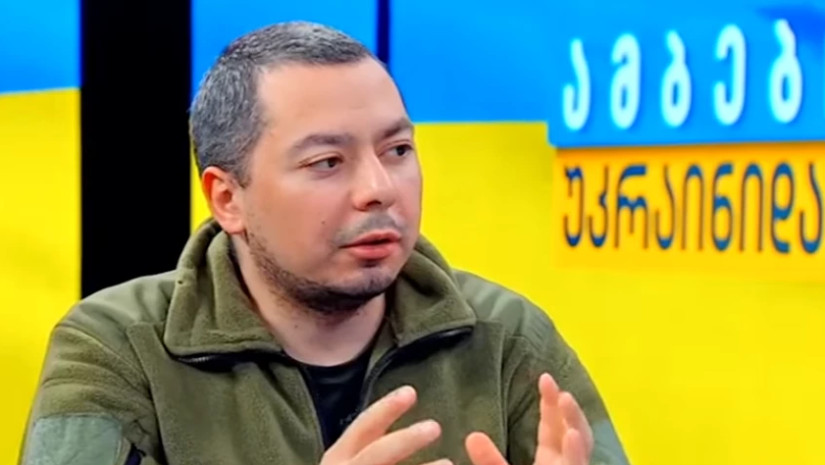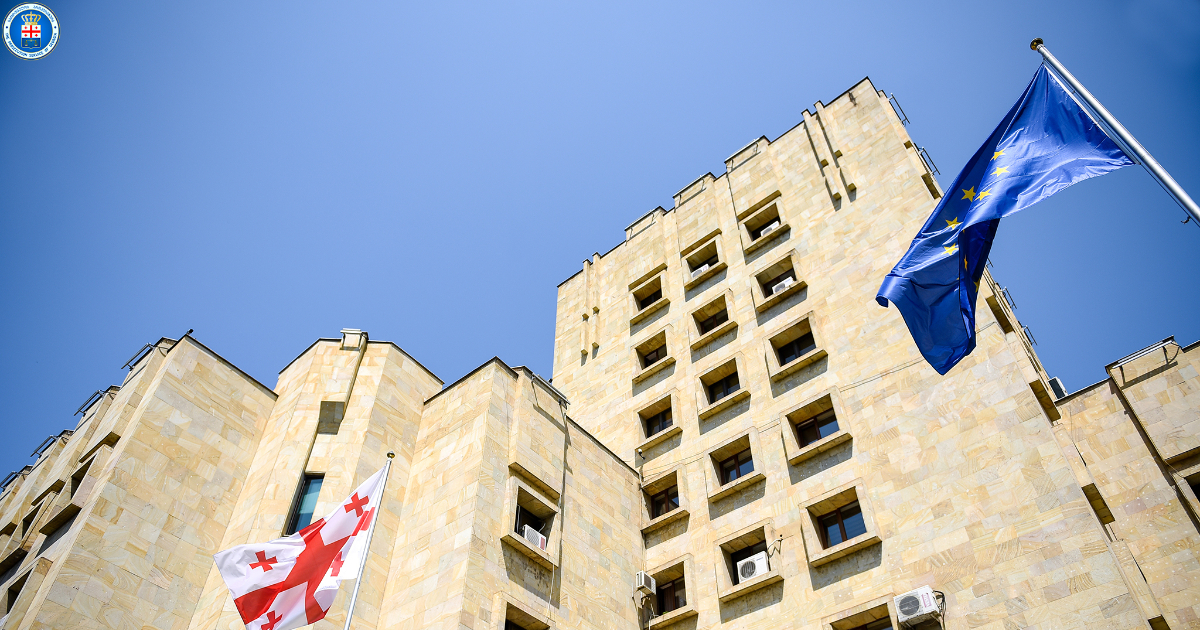Ukraine’s front line stability hinges on continued air defense support, military expert Inashvili

Inashvili said until now, Ukraine has primarily relied on military assistance from the United States in the air defence.
Author
Front News Georgia
Amid the intense focus on the Istanbul meeting scheduled for Thursday, Ukrainian President Volodymyr Zelenskyy's call for a 30-day ceasefire starting May 12 has been ignored by Russia. On May 10, the leaders of France, Germany, Great Britain, Poland, and Ukraine issued a joint statement advocating for an immediate, complete, and unconditional ceasefire in Ukraine, effective from May 12, for at least 30 days. However, Russian President Vladimir Putin has instead proposed resuming direct talks in Istanbul on May 15, without preconditions.
In this context, military expert Giga Inashvili discusses the current situation on the frontlines with Front News, the balance of combat power, and the critical support Ukraine requires from European military resources.
Front News: What is the current situation on the frontline? Which side has the advantage? Is Russia making any significant progress?
Giga Inashvili: Currently, in the overall theater of operations, the intensity of combat has decreased at both tactical and operational levels. Although the dynamics persist, the scale of active combat is reduced. Both sides have shifted to extensive use of drones - primarily simple, cost-effective models operating in tactical zones - and rely heavily on existing ground assets and support resources. Artillery shortages on both sides are partially offset by these drones, which serve as hybrid munitions platforms, complicating any attempts at rapid ground advances.
Combat remains particularly active in the eastern sector (Donetsk-Pokrovsky) and the northern sector (Sumy region), with Russian forces concentrated around Kursk. Ukrainian forces have largely withdrawn from Kursk, maintaining a defensive posture. The Russian buildup in Kursk aimed to create an offensive group, but Ukrainian forces, using extensive drone strikes, inflicted significant losses on Russian personnel and equipment, including armored vehicles and artillery. The Russian group, approximately 60,000 strong, has been significantly weakened, limiting its offensive potential in the Sumy direction.
Front News: Are Ukraine and Russia primarily in defensive positions now?
Giga Inashvili: Yes, but the focus is on preemptively targeting strategic and operational resources, rather than direct territorial defense. Russia uses long-range drones, cruise missiles, and ballistic missiles to strike Ukrainian assets. Ukraine counters with its own drones and hybrid cruise missiles—locally produced systems like Palyanitsa, Peklo, Ruta, and Bars. While Ukraine’s ballistic missile use is limited, it focuses on exhausting Russia’s critical military-industrial assets, including ammunition factories.
Front News: What are Russia’s main sources for military supplies? Are claims of Chinese neutrality credible?
Giga Inashvili: Russia’s key suppliers are Iran, China, and North Korea. Iran initially provided Shahed drones, now produced domestically in Russia as Geran-2. China supplies critical components - microchips, navigation systems, and sensors - for Russian drones and missiles. Direct deliveries of complete ammunition from China are limited, but artillery shells and rocket-propelled missiles have been observed. North Korea is the largest supplier of munitions, delivering millions of artillery shells, 170mm self-propelled guns, 240mm MLRS, and even KN-23 and KN-24 ballistic missiles used by Russia.
Front News: President Zelenskyy received assurances of increased European military support. What specific assistance does Ukraine need most?
Giga Inashvili: Ukraine's immediate needs are extensive and focus on several key areas:
Artillery Ammunition: NATO-standard 155mm shells, Soviet-standard 152mm and 122mm shells produced in Poland, Bulgaria, and the Czech Republic.
Precision-Guided Munitions: GMLRS for HIMARS and other smart munitions.
Drone Components: Navigation, targeting systems, and engines for both drones and cruise missiles.
Air Defense Systems: France and Germany provide critical supplies (SAMP/T and IRIS-T missiles). Adequate anti-aircraft missile stocks are essential to counter Russian air threats.
Aviation Weapons: European-supplied SCALP-EG, Storm Shadow, and potentially TAURUS cruise missiles, as well as JDAM precision-guided bombs.
Continued Support for Soviet and Western Aircraft: MiG-29, Su-27, F-16, and Mirage-2000, including air-to-air missiles and advanced munitions.
Another crucial aspect is air defense. Until now, Ukraine has primarily relied on military assistance from the United States in this area. The ability to maintain the front line - or fail to do so - largely depends on this support, particularly regarding air defense missiles, which are expensive due to the extensive use of drones and various missiles.
If Russian aviation significantly intensifies its operations, Ukraine’s consumption of anti-aircraft missiles will increase sharply. This means a substantial supply of these missiles is essential to restrict the Russian air force's activities as much as possible. So far, these supplies have been maintained at relatively adequate levels, and it is hoped this will continue. If not, the Ukrainian armed forces could suffer severe losses.
For European suppliers, ensuring a steady supply of these critical resources is feasible with sufficient investment in defense production and proper industrial management.
By Elza Paposhvili
Tags:





